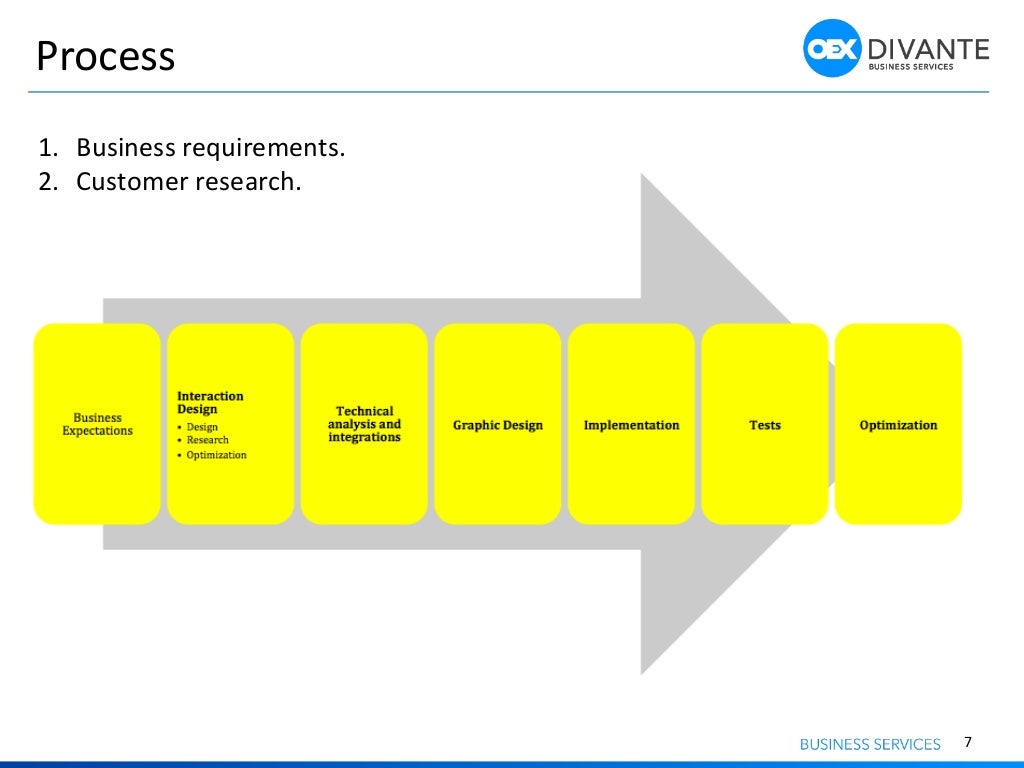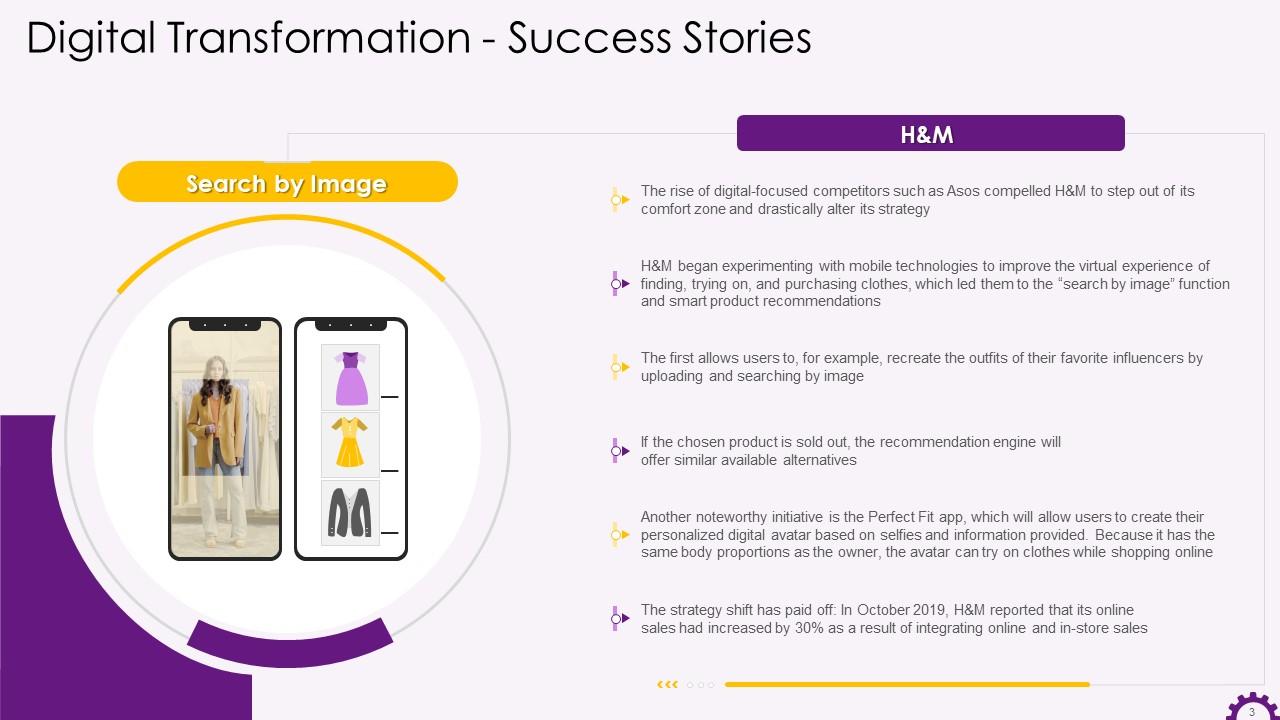DigiLife Digital Transformation Case Studies offer a deep dive into the world of digital evolution, shedding light on the innovative strategies and impactful outcomes that have shaped DigiLife's journey. As we unravel these case studies, a tapestry of insights and lessons unfolds, painting a vivid picture of digital transformation in action.
As we delve further into the key strategies, impacts, and best practices gleaned from DigiLife's experiences, a roadmap for success emerges, guiding organizations towards their own digital transformation triumphs.
Overview of DigiLife Digital Transformation Case Studies
Digital transformation at DigiLife involves leveraging technology to fundamentally change how the company operates and delivers value to customers. It encompasses a shift towards digital tools, processes, and strategies to improve efficiency, innovation, and customer experience.Case studies play a crucial role in understanding digital transformation by providing real-world examples of how companies like DigiLife have successfully navigated the process.
These studies offer insights into the challenges faced, strategies implemented, and outcomes achieved, helping organizations learn from others' experiences and apply best practices to their own transformation journeys.
Significance of Studying DigiLife’s Case Studies for Digital Transformation
Case studies of DigiLife's digital transformation initiatives offer valuable lessons and insights for organizations looking to embark on similar journeys. By examining DigiLife's experiences, companies can gain a deeper understanding of the complexities, opportunities, and benefits associated with digital transformation.
These case studies serve as practical guides, showcasing how DigiLife overcame obstacles, embraced innovation, and reaped the rewards of digital evolution.
DigiLife’s Digital Transformation Strategies
DigiLife has implemented a series of key strategies to drive its digital transformation journey. These strategies have been aligned with industry best practices to ensure maximum efficiency and effectiveness in achieving their goals.
Implementation of Agile Methodology
- Adopting Agile methodology to promote flexibility, collaboration, and quick decision-making.
- Regular sprints and stand-up meetings to ensure continuous improvement and adaptation to changing market demands.
- Aligning cross-functional teams to work towards common goals and deliver value to customers efficiently.
Investment in Cutting-Edge Technologies
- Investing in emerging technologies like artificial intelligence, machine learning, and IoT to enhance product offerings and customer experience.
- Utilizing data analytics to gain valuable insights for informed decision-making and personalized customer interactions.
- Implementing cloud computing solutions for scalability, security, and cost-efficiency in operations.
Focus on Customer-Centric Approach
- Developing a customer-centric culture to prioritize customer needs and preferences in all business decisions.
- Leveraging digital channels for enhanced customer engagement, feedback collection, and seamless customer service.
- Personalizing products and services based on customer data analysis to drive customer satisfaction and loyalty.
Continuous Learning and Upskilling
- Encouraging a culture of continuous learning and upskilling among employees to adapt to digital trends and technological advancements.
- Offering training programs and resources to empower employees with the necessary skills for digital transformation success.
- Promoting a growth mindset to embrace change and innovation for sustainable business growth.
Impact of Digital Transformation on DigiLife

Digital transformation has had a significant positive impact on DigiLife's operations, revolutionizing the way the company conducts business and interacts with customers.
Increased Efficiency and Productivity
Through the implementation of digital technologies, DigiLife has been able to streamline its processes, automate tasks, and improve overall efficiency. This has resulted in increased productivity across all departments, allowing the company to deliver products and services more quickly and effectively.
Enhanced Customer Experience
Digital transformation has allowed DigiLife to enhance its customer experience by providing personalized services, implementing self-service options, and improving communication channels. This has led to higher customer satisfaction rates and increased loyalty.
Challenges Faced
During the digital transformation process, DigiLife faced challenges such as resistance to change from employees, integration issues with legacy systems, and data security concerns. These obstacles threatened to hinder the progress of the transformation and required innovative solutions to overcome.
Overcoming Challenges
To address the challenges faced during the digital transformation, DigiLife invested in comprehensive training programs for employees, collaborated with technology partners to integrate systems seamlessly, and implemented robust cybersecurity measures to protect sensitive data. By taking these proactive steps, DigiLife successfully overcame the obstacles and adapted to the digital landscape.
Best Practices in Digital Transformation from DigiLife Case Studies

When analyzing the case studies from DigiLife's digital transformation journey, several best practices emerged that can serve as a blueprint for other organizations looking to embark on a similar path.
Integration of Cross-Functional Teams
One key best practice observed in DigiLife's case studies was the seamless integration of cross-functional teams throughout the digital transformation process. By breaking down silos and fostering collaboration between departments, DigiLife was able to ensure alignment across the organization and drive innovation at a faster pace.
Customer-Centric Approach
DigiLife prioritized a customer-centric approach in their digital transformation initiatives. By gathering insights from customer data and feedback, DigiLife was able to tailor their digital solutions to meet the evolving needs and preferences of their target audience. This focus on enhancing the customer experience proved to be a critical success factor for DigiLife.
Agile Methodologies
Embracing agile methodologies played a vital role in DigiLife's digital transformation journey. By adopting iterative and flexible approaches to project management, DigiLife was able to respond quickly to changes in the market and continuously improve their digital offerings. This agility allowed DigiLife to stay ahead of the competition and deliver value to their customers efficiently.
Investment in Employee Training
DigiLife recognized the importance of investing in employee training to support their digital transformation initiatives. By upskilling their workforce and fostering a culture of continuous learning, DigiLife ensured that their employees were equipped with the knowledge and skills needed to drive digital innovation within the organization.
This investment in human capital proved to be invaluable in sustaining DigiLife's digital transformation efforts.
Continuous Monitoring and Evaluation
Throughout their digital transformation journey, DigiLife placed a strong emphasis on continuous monitoring and evaluation of their digital initiatives. By regularly tracking key performance indicators and analyzing data insights, DigiLife was able to identify areas for improvement and make data-driven decisions to optimize their digital strategy.
This commitment to monitoring and evaluation enabled DigiLife to stay adaptive and responsive in a rapidly evolving digital landscape.
End of Discussion

In conclusion, DigiLife's Digital Transformation Case Studies serve as a beacon of inspiration and guidance for businesses navigating the ever-changing digital landscape. With valuable lessons learned and best practices shared, the path to digital excellence becomes clearer, paving the way for future innovations and successes.













